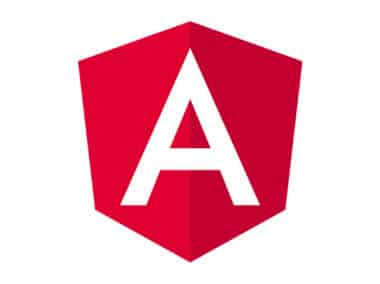AJAX (Asynchronous JavaScript and XML) is a technique used to send and receive data from a server without reloading the entire page. This technique allows web pages to update content without the need for a full-page refresh, thus providing a more seamless user experience. In web development, AJAX is commonly used for features such as autocomplete search boxes, real-time chat, and dynamic forms.
jQuery is a popular JavaScript library that provides a simple and efficient way to make AJAX requests and handle responses. In this article, we will cover the different types of requests that can be made with jQuery and show how to handle success and error responses.
Types of Requests
There are four types of requests that can be made with jQuery:
GET
This is the most common type of request, and it retrieves data from a server. It can be used to fetch information, such as HTML, JSON, or XML. For example, if you have a blog and want to display a list of posts, you can use a GET request to retrieve the data in JSON format and then use JavaScript to display it on the page.
POST
This type of request is used to send data to a server to be processed. It is commonly used for submitting forms, and can also be used to upload files. For example, if you have a form that allows users to submit comments on a blog post, you can use a POST request to send the data to the server and save it in a database.
PUT
This type of request is used to update existing data on the server. For example, if you have a blog post and want to allow users to edit it, you can use a PUT request to update the post in the database.
DELETE
This type of request is used to delete data from the server. For example, if you have a blog post and want to allow users to delete it, you can use a DELETE request to remove the post from the database.
Handling Responses
When making an AJAX request with jQuery, you can handle the response in several ways.
Success
The success function is called when the request is successful. You can use this function to process the data returned from the server. For example, if you make a GET request to retrieve a list of blog posts, you can use the success function to loop through the data and display it on the page.
$.ajax({
url: "example.php",
success: function(data) {
// Handle the response data here
}
});
Error
The error function is called when the request fails. You can use this function to handle errors and alert the user. For example, if you make a POST request to submit a form and there is an error with the server, you can use the error function to display an error message to the user.
$.ajax({
url: "example.php",
error: function() {
alert("An error occurred!");
}
});
Complete
The complete function is called when the request is complete, regardless of whether it was successful or not. This function can be used to perform tasks such as hiding a loading spinner or enabling a submit button.
$.ajax({
url: "example.php",
complete: function() {
// Handle the completion of the request here
}
});
Example
Here is an example of how to make an AJAX request with jQuery and handle the response:
$.ajax({
url: "example.php",
type: "POST",
data: { name: "John", location: "Boston" },
success: function(response) {
// Handle the response data here
console.log(response);
},
error: function() {
alert("An error occurred!");
}
});
This code sends a POST request to “example.php” with the data { name: “John”, location: “Boston” }. If the request is successful, the response data is logged to the console. If the request fails, an alert is displayed with an error message.
In conclusion, AJAX is a powerful technique for creating dynamic web pages, and jQuery provides an easy-to-use interface for making AJAX requests and handling responses. By understanding the different types of requests and how to handle responses, developers can create more engaging and interactive web applications.




